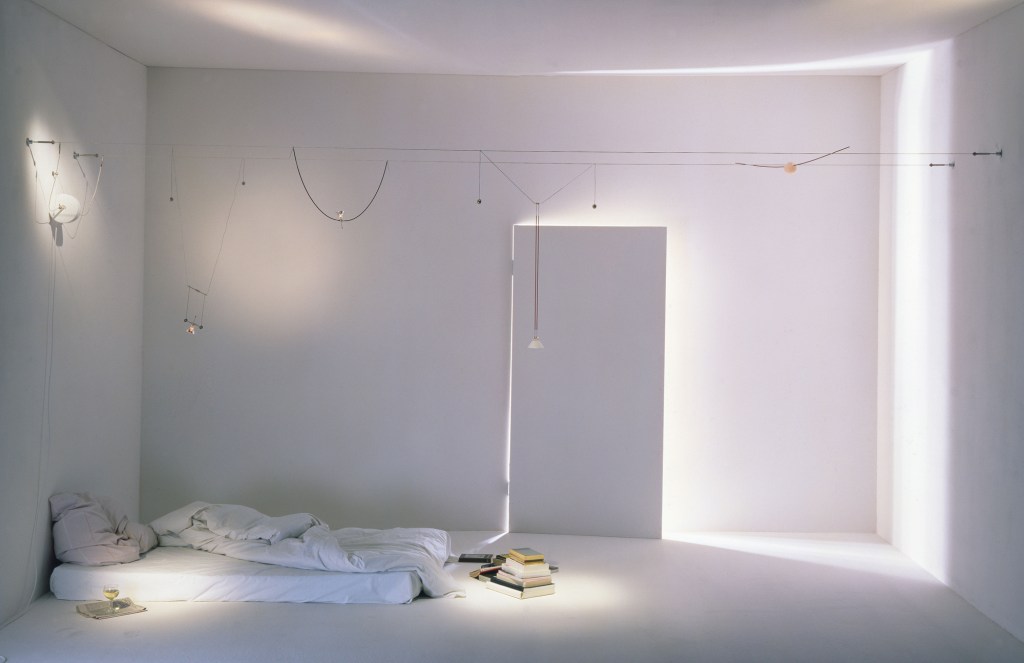In the mid-1980s, low-voltage lighting started to become a very popular option for architectural lighting applications due to its optical control and small footprint. Sidney M. Pankin, a lighting applications engineer at Pankin & Associates who wrote “The Part Department,” a regular article series in the early days of this publication, discussed low-voltage lighting in our November 1987 issue. He explains that one of the more exciting aspects of low-voltage lighting was that it was designed as a system. It could be used in a variety of fixture types—recessed, track, or as individual point sources—and with a wide variety of wattages and beam-spread options. Considered most beneficial for accent or tasklighting, it’s not considered a good strategy for ambient lighting. Additionally, low-voltage lighting needs to use an AC step-down transformer to lower the power to 12V. Low-voltage lighting systems can be dimmed, to extend lamp life, but must be used with magnetic transformers specially designed for use with low-voltage lighting components.
One of the most famous low-voltage halogen lighting systems was the YaYaHo (shown), first introduced in Europe in 1984 by Munich-based designer Ingo Maurer. The fixture heads were fully adjustable and could be positioned anywhere along the parallel set of horizontally mounted cables. This particular system was designed for 230V or 125V with a secondary output of 12V; the transformer had a maximum capacity of 200W while the maximum capacity of the cables was 350W.
Aesthetically, low-voltage lighting systems might seem out of date today, but the complexity of installing such a system and the coordination of components has a number of affinities with today’s LED lighting when it comes to source, power, circuitry, and dimming.
Explore all 30 Moments in Lighting from our 30th Anniversary Issue here.
